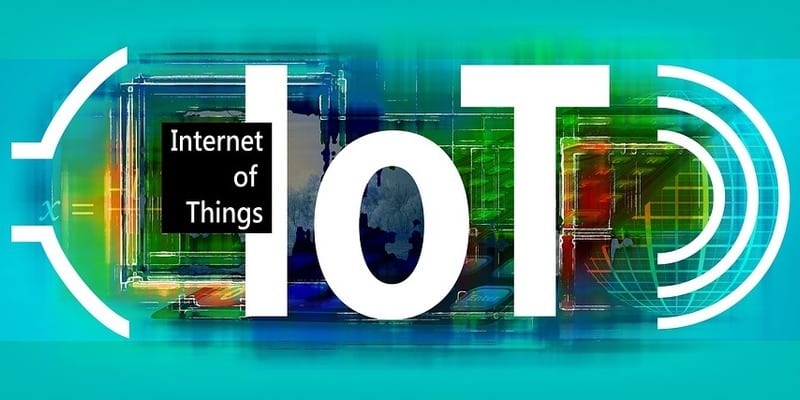Securing IoT Devices: What You Need to Know

 Internet of Things (IoT) devices are steadily growing in popularity. However, because these devices are so diverse, it can be a chore to secure them. Doing so requires an intense and in-depth security strategy. You must secure data in the cloud, securely provision devices, and protect data integrity while in transit over the public internet. In accomplishing these tasks, your organization will have an infrastructure with layered security assurance. To that end, we’ve compiled a list of best practices to assist you in securing your IoT devices.
Internet of Things (IoT) devices are steadily growing in popularity. However, because these devices are so diverse, it can be a chore to secure them. Doing so requires an intense and in-depth security strategy. You must secure data in the cloud, securely provision devices, and protect data integrity while in transit over the public internet. In accomplishing these tasks, your organization will have an infrastructure with layered security assurance. To that end, we’ve compiled a list of best practices to assist you in securing your IoT devices.
Maintain System Updates
In order to best ensure that your IoT devices will stay secure, make certain that your device operating systems and all device drivers have been upgraded to the most recent versions. In keeping your systems up to date, your IoT devices will be protected against the latest threats, as updates often include critical patches to holes in security. If possible, implement automatic system updates to be sure that your software stays current, making your devices secure.
Perform Frequent Audits
Performing audits on IoT infrastructure for protection-related issues is critical when responding to security incidents. The majority of operating systems offer built-in event logging that should be frequently reviewed in order to ensure that no security breaches have occurred. In addition to this, some operating systems allow audit information to be sent as a separate telemetry stream to your cloud service where it can then be analyzed.
Protect Cloud Credentials
The simplest way for a cybercriminal to gain access and compromise an IoT system is, possibly, through the use of cloud authentication credentials, which are used for configuring and operating an IoT deployment. To best protect these credentials, frequently change the password and avoid using them on any public machines.
Protect the Physical IoT Infrastructure
The security attacks with the most negative impact on IoT infrastructure are deployed by using physical access to devices. One key practice that can combat this is to protect against malicious use of USB ports and other forms of physical access. In order to uncover any breaches that may have occurred, IT administrators can maintain a log of physical access, including the use of USB ports.
When securing your IoT devices, keep in mind that different devices have varying capabilities. While some may be computers running standard desktop operating systems, other devices may run operating systems that are more lightweight. Therefore, the above security practices will apply to your different IoT devices in varying degrees. If the manufacturers of your devices provide additional security and deployment best practices, they should be adhered to.
Though securing IoT devices can be overwhelming due to the diverse nature of each device, the process is not impossible. Take the above suggestions into account when developing your security strategy in order to best protect your IoT devices.





















